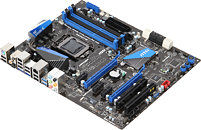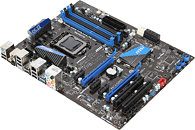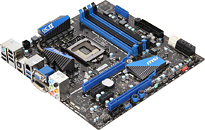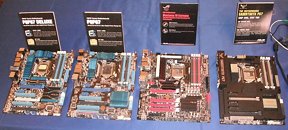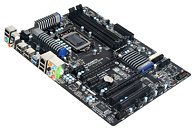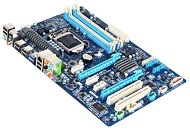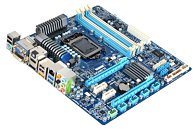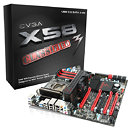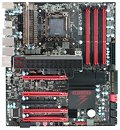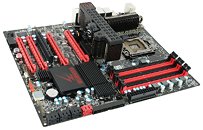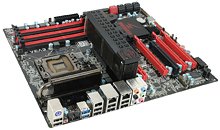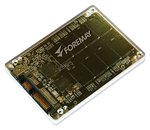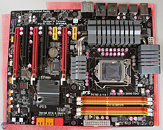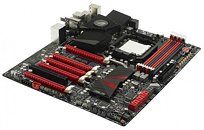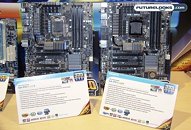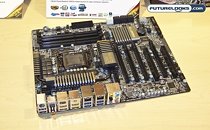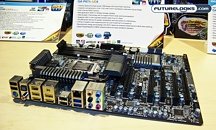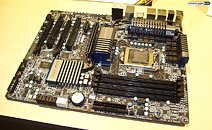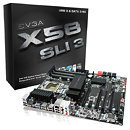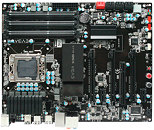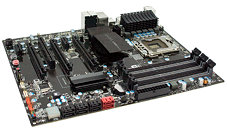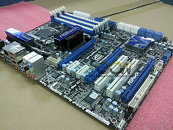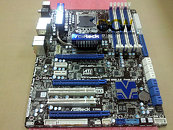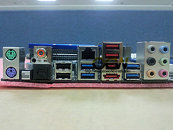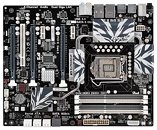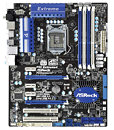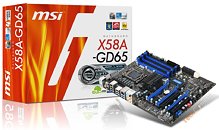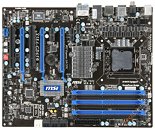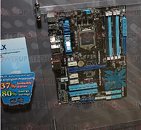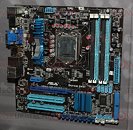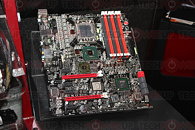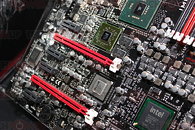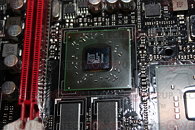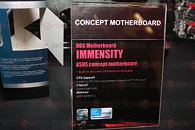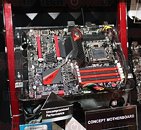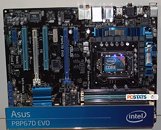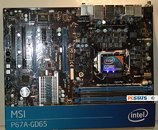EVGA introduced the third motherboard in its socket LGA1366 lineup refresh, the X58 Classified3 (model number 141-GT-E770-A1). EVGA's motherboard lineup refresh, usually denoted by a "3" suffix to the model name, is centered on feature additions that include USB 3.0, SATA 6 Gb/s, and out of the box support for the latest processors. The X58 Classified3 sports a high-end 10-phase digital PWM voltage regulation for the CPU that makes use of a Prodalizer for better power conditioning. Unlike the original X58 Classified design and like the X58 Classified E760, this board does not make use of any additional nForce 200 bridge chips, the four PCI-Express 2.0 x16 slots are wired directly to the X58 northbridge (configured as x16, NC, x16, NC; or x16, NC, x8, x8; or x8, x8, x8, x8; depending on how they're populated). The PWM area is cooled by its own heatsink, while that over the X58 northbridge is elaborate, complete with a fan. The ICH10R southbridge has a large heatsink to chill with. Other expansion slots include one each of PCI-E x1 and PCI.
Connectivity features include two SATA 6 Gb/s internal ports (color coded red), six internal SATA 3 Gb/s ports, and one legacy IDE connector, two USB 3.0 ports (rear), a number of USB 2.0 ports, 8-channel HD audio, dual gigabit Ethernet, and FireWire. Known more for its "record-shattering" overclocking prowess, the X58 Classified series of motherboards make use of a strong VRM overall (to support high voltage settings), a CPU socket with 300% more gold on the pins, vDroop control, consolidated voltage measure points, support for the EVGA EVBot accessory, Dummy OC (one touch overclocking), and a diagnostic LED display. The Classified3 from EVGA sells for US $369.99.



